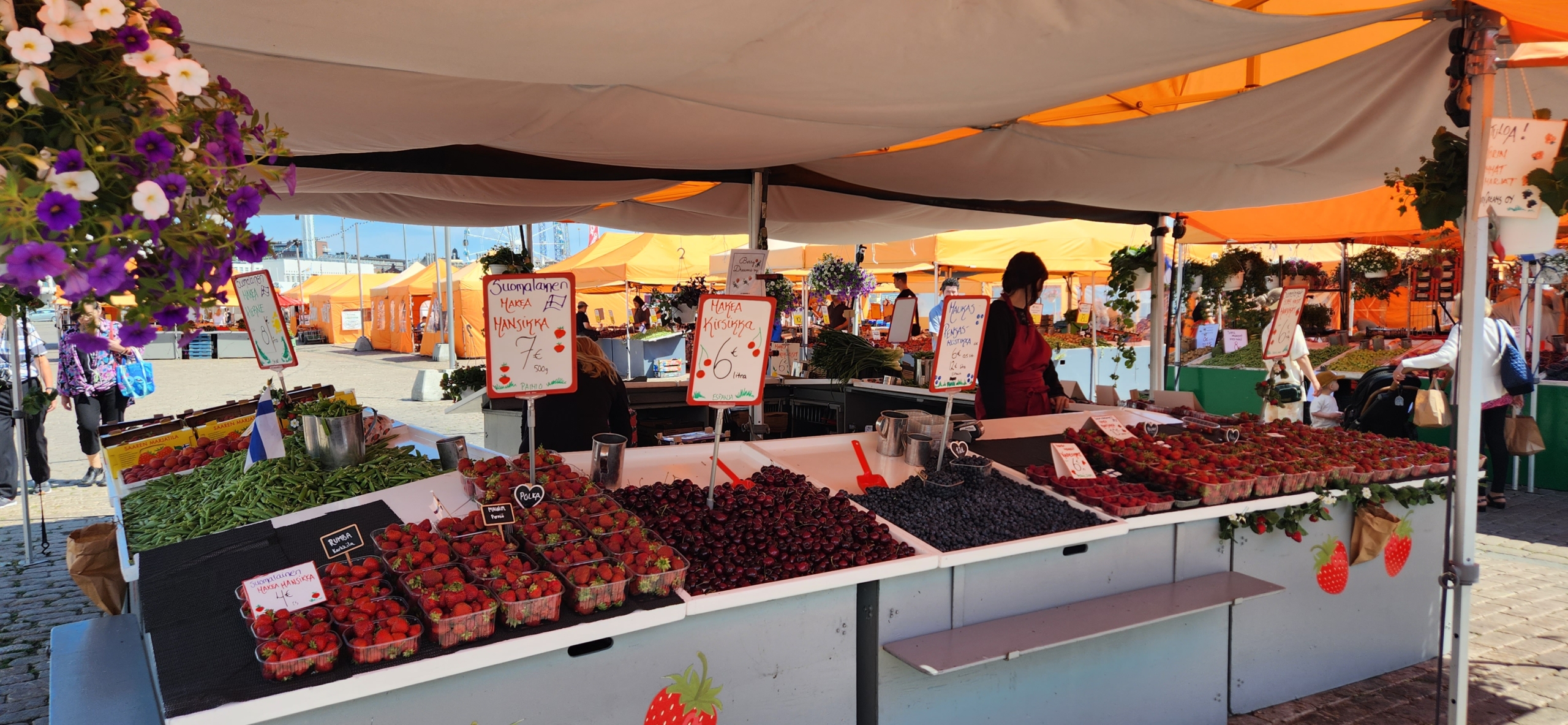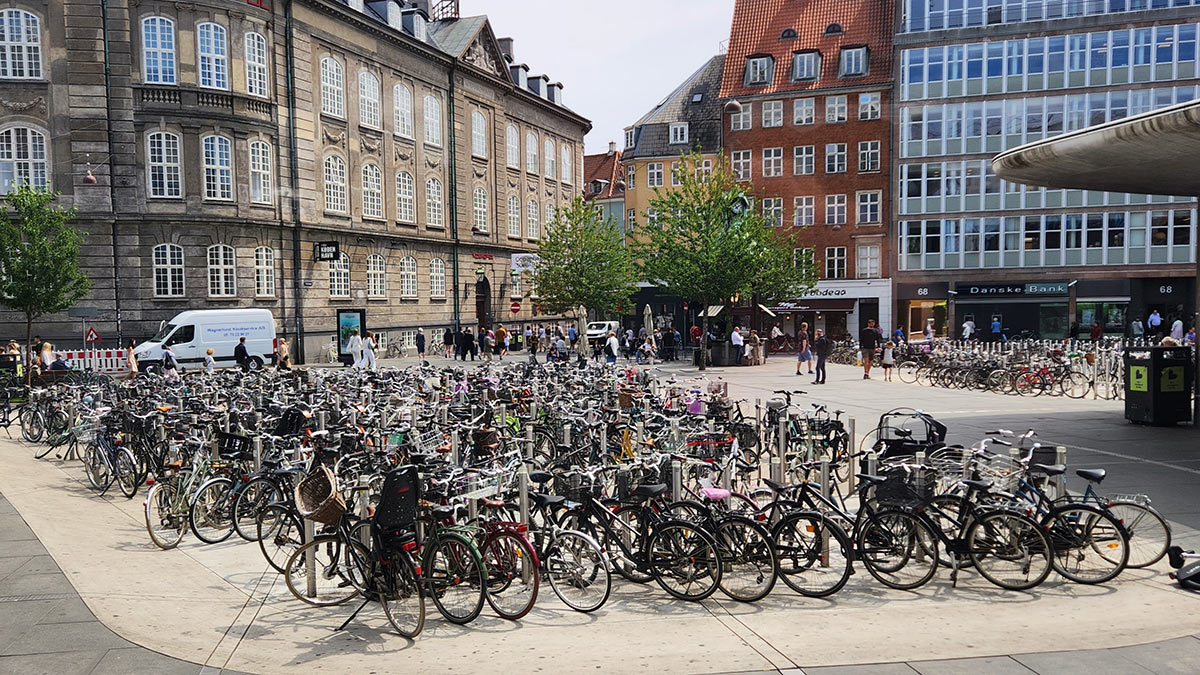- be_ixf; php_sdk; php_sdk_1.4.18
- 53 ms
- iy_2025; im_11; id_24; ih_21; imh_48; i_epoch:1.76404973868E+12
- ixf-compiler; ixf-compiler_1.0.0.0
- py_2025; pm_10; pd_08; ph_06; pmh_57; p_epoch:1.75993182822E+12
- link-block; link-block_link-block; bodystr
- pn_tstr:Wed Oct 08 06:57:08 PST 2025; pn_epoch:1.75993182822E+12
- 0 ms
- be_ixf; php_sdk; php_sdk_1.4.18
- https://sou.edu/academics/honors-college-democracy-project-2023-nordic-dispatches-week-four/
- https://sou.edu/academics/honors-college-democracy-project-2023-nordic-dispatches-week-four/

What we can learn: healthy lifestyles in Nordic countries
A healthy lifestyle is important because it leads to a better quality of life. Diet and exercise are some of the main components of a healthy lifestyle. In Nordic countries, typical lifestyles are a stark contrast from that of the average person living in the United States.
Importance of a healthy lifestyle
Health-conscious living is necessary to prevent major chronic diseases that are now occurring at epidemic levels. Type 2 diabetes was originally known as adult-onset diabetes because it rarely occurred in children, however, the increase of childhood obesity led to the name change. The main chronic diseases that people can often prevent with active lifestyles as well as proper nutrition are heart disease, cancer, atherosclerosis, stroke, Alzheimer’s, diabetes, chronic kidney disease as well as others. Unfortunately, most of the food in the U.S. contains added saturated fats, sugars and salt, which can cause havoc to the human body. Even foods that are labeled as healthy have many additives. People rarely read the ingredients and nutrition facts on the labels. For example, “Dave’s Killer Bread” is considered healthy because it is whole grain. Many people do not know that it contains more than one teaspoon of added sugar per slice. On the surface, you could eat the same type of food in the U.S. as in Nordic countries. The actual ingredients in the foods are different, so it may be easier to eat healthy in Nordic countries versus the U.S. You should learn how to read food labels, so you know what you’re putting into your body.
When I walked into a Nordic grocery store, the first thing that I noticed was the indescribable, exceptional aroma of fresh fruits and vegetables, followed by the fresh, whole grain breads, fish as well as the lean meat section.

Market in Helsinki, Finland. Photo by Cherstin Lyon
Healthy lifestyles of Nordic countries
The healthiest foods were at eye level, making it easy to find. Healthy foods were cheaper, whereas unhealthy foods like candy bars were more expensive. The marketing strategy and what they sell in Scandinavia is different than in the U.S.; even the 7 Elevens in Scandinavia had fresh fruits and vegetables. They have all the sugary cereals that we have in the U.S., except they’re at the very back of the store, making it less likely for people to purchase them. At store checkouts there were many packages of sugar-free gum instead of the usual candy bars. The Nordic diet is often compared to the Mediterranean diet because it has similar aspects. This diet places an emphasis on seasonal vegetables, unprocessed food, seafood as well as whole grains. Local foods such as fish and reindeer meat are a big staple. People in the Nordic countries value independence and prefer to prepare healthy meals for themselves rather than go to a restaurant, especially because eating out is more expensive. Even seemingly small things like cold showers, saunas, and open face sandwiches (one slice of bread rather than two) can help Nordics’ overall health.

Bicycles in Copenhagen. Photo by Cherstin Lyon
Nordics rely on public transportation rather than taking a car, which means that they walk or bike to a subway or a ferry. One reason for all the public transportation is that cars are more expensive there, parking may be a challenge and the cobblestone roads do not make driving particularly convenient. The public transportation systems in Nordic countries are vast and further developed than those in the U.S. Not only do most Nordics exercise regularly, but they also walk and/or bike every day to get to their destinations. When I was in Denmark, there were only a few cars that I saw in a sea of bikes. Nordics have a love and appreciation for participating in sports. This includes people in every age group.
Health in the U.S. versus Nordic countries
I’ve heard stories of people moving to a Nordic country from the U.S., losing weight without any obvious changes to their diet. I’ve also heard stories of people from other countries moving to the U.S. gaining weight, while eating what appears to be the same diet. One reason this occurs is because the food is produced differently. Many foods in the U.S. are highly processed, containing a lot of added sugars, saturated fats and salt.
The U.S. corporations have food scientists that specifically try to make it as addictive as possible. This combination of additives would never be found together in nature. One example of this would be convenient breakfast food like a pop tart. People in the U.S. choose convenience over health very often, opting for foods that can be eaten on the go with one hand. These low-nutrient, high-calorie foods lead people to feel the need for a large frappuccino “pick me up” in the day. In the U.S., drinking juice or a smoothie “counts as part of your daily fruit intake,” however many juices are very sugary and contain very little nutrients, just empty calories. It is much better to eat fruit than to drink juice. Fruit is more filling and contains lots of fiber and vitamins. Juice rarely contains fiber. In the Nordic countries, juice is often served in shot glasses. The Nordic countries have more specific guidelines and even include physical exercise as part of the diet recommendations. People in the Nordic countries like to hike and do sports with their friends, making it easier to stay consistent. The habits and culture that people are surrounded by in Scandinavia encourage a healthy lifestyle, such as Nordics’ love for nature and physical activity. The convenience foods that people from the U.S. are surrounded by do not incentivize a healthy lifestyle. If you surround yourself with people that align with your health goals and values, then reaching those goals will be easier because you can encourage each other.
Sources:
- Dilsaver, D., Rohde, K., Chollet-Hinton, L., & Fazzino, T. L. (2023, February 16). Hyper-palatable foods in elementary school lunches: Availability and contributing factors in a national sample of US Public Schools. PLOS ONE. https://journals.plos.org/plosone/article?id=10.1371%2Fjournal.pone.0281448
- European Union. (2009, October 1). The Food Pyramid: A dietary guideline in Europe. Eufic. https://www.eufic.org/en/healthy-living/article/food-based-dietary-guidelines-in-europe
- (2023, March 28). The lazy girl’s guide to losing weight: How I dropped 5kg without even realizing it. YouTube. https://youtu.be/627fggj-1SU
- Grimsmo, C. (2019, October 11). Living in Norway – what it’s really like: Cornelia. YouTube. https://youtu.be/XwUr5eSRipg
- Medical Dialogues. (2022, March 15). Nordic diet lowers cholesterol and blood sugar – even if you don’t lose weight. YouTube. https://youtu.be/XveS0Jl2plU
- Norway compared to United States. MyLifeElsewhere. (2022). https://www.mylifeelsewhere.com/compare/norway/united-states
- Norwegians are born with skis on their feet. Concordia Language Villages. (2018, January 3).
- O’Connor, K. (2023, May 13). My 14 healthy habits from living in Sweden *how they’re beating obesity*. YouTube. https://youtu.be/mUvUbmJPnBk
- Robinson, M. (2018, August 31). Are we serving up healthy school lunches? https://www.inquirer.com. https://www.inquirer.com/philly/health/are-we-serving-up-healthy-school-lunches-20180831.html#:~:text=National%20school%20lunch%20requirements&text=Grades%20K%2D5%3A%20550%2D,%2D12%3A%20750%2D850%20calories
- Savage, M. (Ed.). (2020, November 23). The Scandinavian way to tackle winter – BBC Reel. YouTube. https://youtu.be/zmkfN5_2WAM
- Skøyen. (2023). Kostrådene. Helsedirektoratet. https://www.helsedirektoratet.no/brosjyrer/helsedirektoratets-kostrad-brosjyre-og-plakat/Helsedirektoratets%20kostr%C3%A5d%20-%20engelsk.pdf/_/attachment/inline/80f68126-68af-4cec-b2aa-
- Su, E. Y. (2020, October 21). California school lunches missing the mark for Nutrition Standards. The Hechinger Report. https://hechingerreport.org/california-school-lunches-missing-the-mark-for-nutrition-standards/#:~:text=Hundreds%20of%20school%20districts%20have,least%20one%20federal%20nutritional%20requirement.
- (2023, January 25). 6 cold shower benefits to consider. UCLA Health System. https://www.uclahealth.org/news/6-cold-shower-benefits-consider
Story by Kariana Austbo, Pre-Nursing major in SOU Honors College


